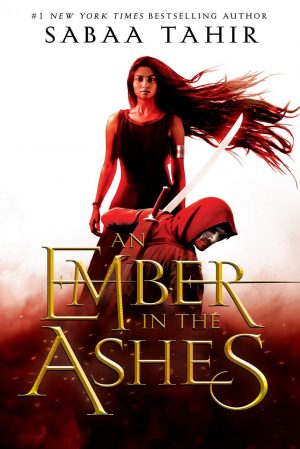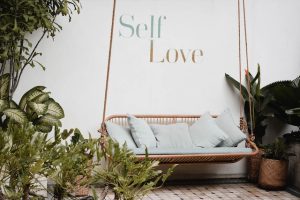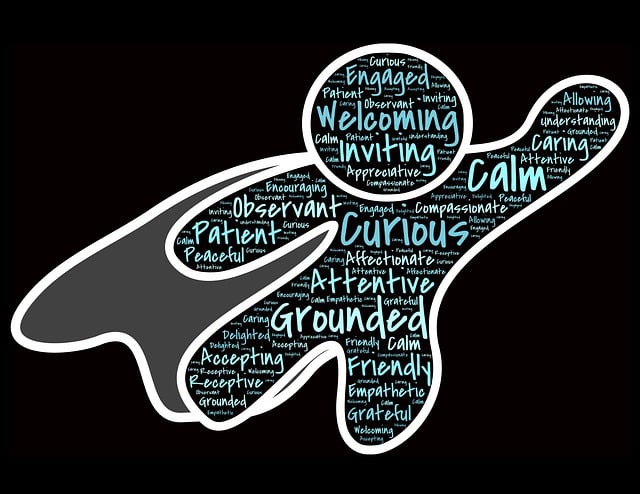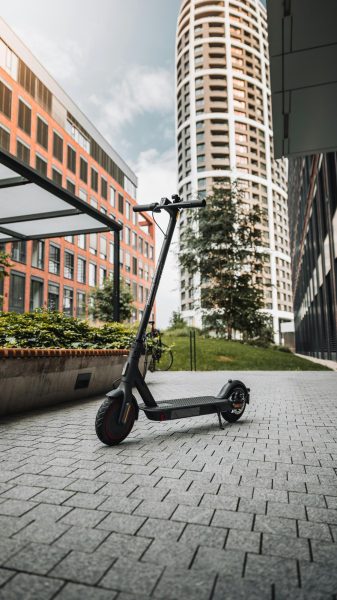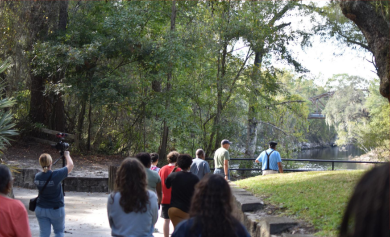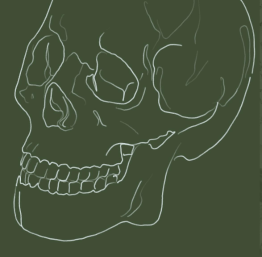All Black Lives Matter: A Stetson Panel Discussion
March 3, 2017
Stetson’s Black Student Association (BSA) hosted a panel discussion on the Black Lives Matter movement and inclusivity. This event, one of a series by the BSA in celebration of Black History Month, began at 7:00 p.m. in Sage 238. Over fifty people, including President Libby, attended this two hour discussion, which revolved around a diverse group of panel attendees.
On Feb. 7, The panel members were sophomore Tyler Thomas, senior Sara Marie Gorman, second year MBA student Tevin Williams, junior Medorie Petersen-Woodburn, and senior Aviar Tatem. Each panelist brought unique personal testimonies and intellectual angles to this conversation about Black Lives Matter.
The panel discussion began with a question about racial tensions and their effects on black people’s daily lives. Thomas, a business major, discussed the angle that many people are “denied job opportunities, loans, and scholarships” solely because of their skin color. Gorman expanded on this point, stating that “social media has brought a lot of awareness to racial tensions.”
The conversation quickly turned to the Black Lives Matter (BLM) movement, a social media originated movement responding to the violent and systematic targeting of black people by police forces. Thomas discussed how she felt BLM “is an extension of the Black Panther philosophy” that stated black individuals should be afforded equality in all spheres of life. Williams expanded this point, stating that “it’s [BLM] the current civil rights movement for our generation…especially with the current administration right now,” referring to President Trump and the pervasive view that he is hostile to.
However, not all panelists felt fully represented by BLM. Gorman shared, “I connect with it [BLM] on a theoretical basis…but as a multiracial woman, as a woman, I don’t feel represented in the mainstream movement. We’re only seeing the heterosexual black man.” Tatem echoed this statement, stating, “If we’re talking about BLM, we should be talking about all people of color, regardless of shade, religion, gender identity, or sexuality.”
The conversation about inclusivity in regards to BLM continued as the panelists discussed colorism and minority group representation. The panel viewed colorism, or the discrimination against individuals with darker or lighter shades of skin tone, as a problem in the black community. Williams discussed how “this sense of colorism is the slave mentality, something the oppressor has done for years.” Petersen-Woodburn elaborated further, explaining that lighter skinned slaves became domestic slaves, while darker slaves were allocated to the brutal fieldwork. “Both groups experienced oppression,” Petersen-Woodburn shared, “but this division based on shade is something the oppressor instilled in us.”
The panelists next tackled the large topics of minority group representations within BLM. Thomas discussed how women are particularly absent from the BLM narrative. She shared how the only victim woman’s name tied strongly to BLM is Sandra Bland, and there “was not as much outrage about her death. The patriarchy within the black community silenced it.” Gorman expanded this lack-of-representation to the LGBTQ+ community. “Non-cisgendered black people are not discussed [in the BLM movement],” Gorman stated, “and we aren’t looking beyond what the media discusses.”
Gorman cited how many non-cisgendered black people have been targets of police brutality, yet their names remain conspicuously absent from the BLM narrative because the media refuses to discuss them. Williams focused on LGBTQ+ conversations within the black community, stating, “In the black community, we don’t talk about sexuality, and god forbid you aren’t cis,” to which the audience laughed in agreement. Tatem shared his own experiences as an androgynous, biologically male mixed person, and his struggles to feel connected to the black community because of his androgynous expressions.
The evening closed with the audience sharing their own stories, stories of terrifying experiences with police, and lectures from parents to always “show your university ID first” to a policeman so that he will “see you as a ‘good’ black person, not a threat.” These struggles with systems of power because of a person’s skin color have improved over the years, but this discussion underscores how much work remains. All panelists agreed that the best way to continue BLM’s message of equality is to discuss the hard topics of racism with others, share stories on social media, and share your own stories.


